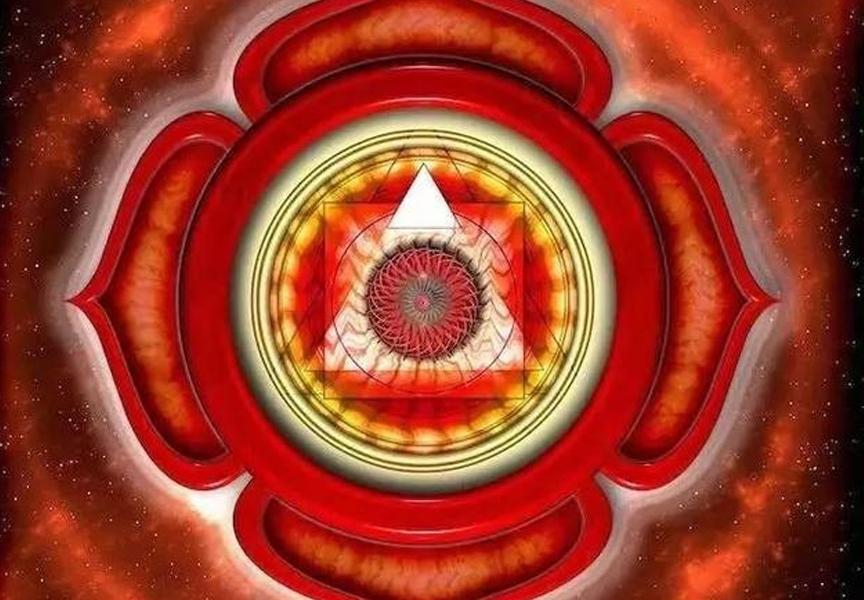Random Free Articles
- Shaolin Kungfu: A Five-Level Path to Mastery
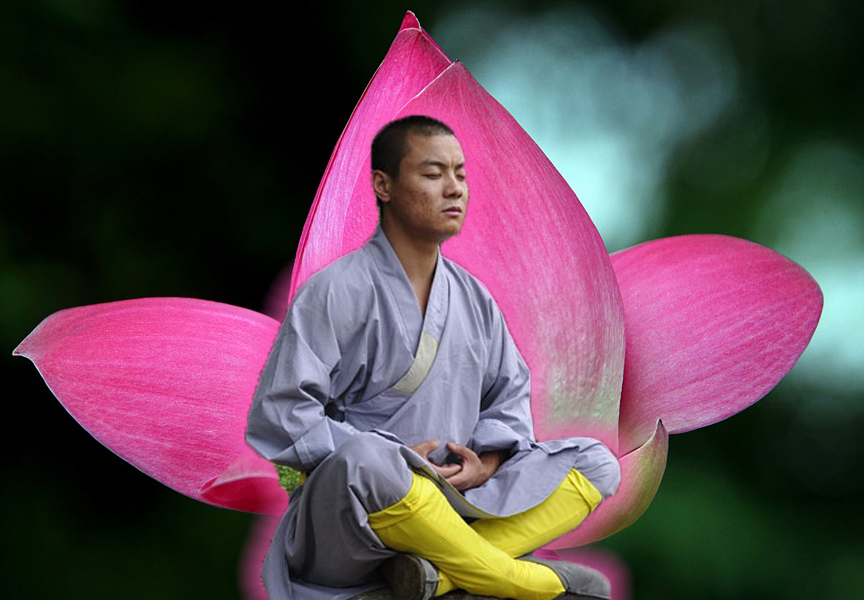
The Progressive Journey of Learning Learning Shaolin Kungfu [Chin.: Shàolín gōngfū 少林功夫] is a journey that mirrors the educational process, akin to progressing through the stages of primary to university levels. This ancient martial art demands a systematic and disciplined approach, starting from the basics and gradually advancing to the pinnacle of skill. Attempting to shortcut this process is akin to skipping foundational…
- The Manifesto of Martial Arts
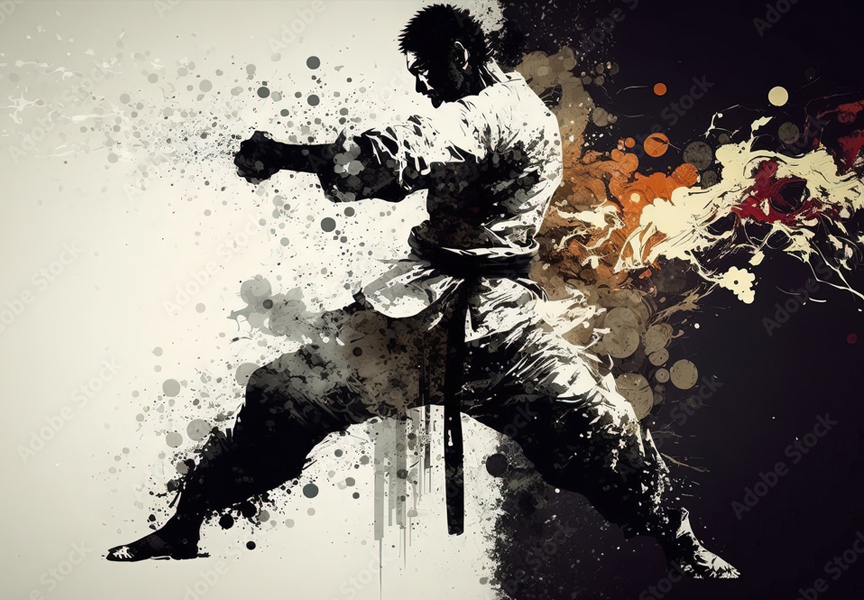
Beyond Championships to Internal Improvement In a world driven by competition and the pursuit of championships, it is imperative to revisit the essence of martial arts. This manifesto seeks to redefine the perception of martial arts, emphasizing that they should not be considered merely as a sport. Instead, martial arts are profound disciplines that transcend the quest for championships, focusing on internal improvement and personal growth. I.…
- Martial Arts for Seniors
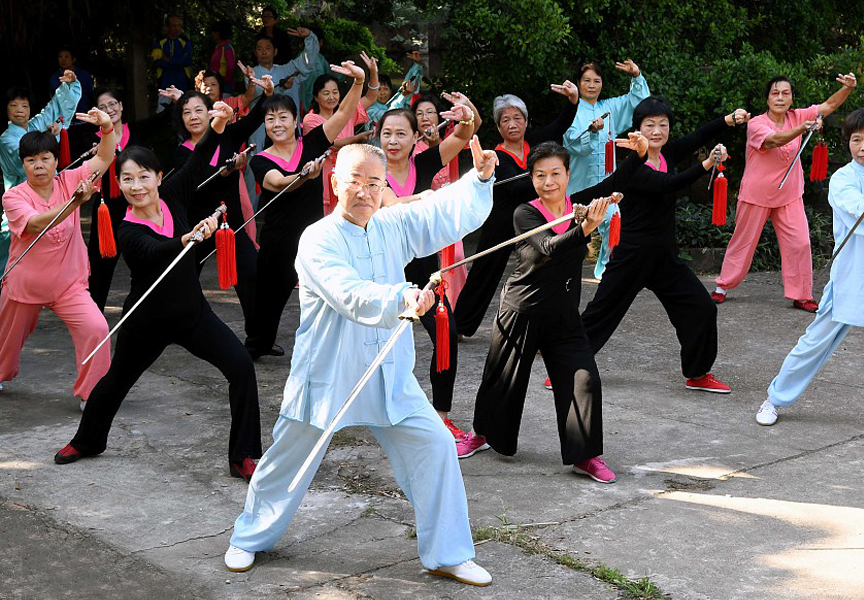
Breaking Stereotypes and Embracing Wellness Martial arts has long been associated with strength, agility, and discipline, typically seen as a pursuit for the young and physically fit. However, as attitudes toward aging and health evolve, so does the perception of activities like martial arts for seniors. The question arises: Is martial arts suitable for old people? In this article, we will explore the numerous benefits of martial arts for…
- Martial Arts and Violence
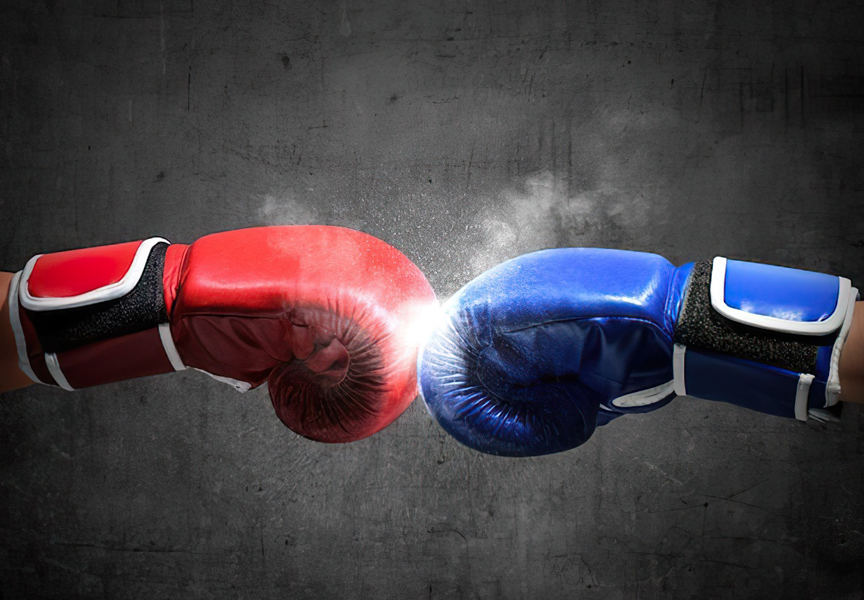
In recent years, there has been an ongoing debate surrounding the association between martial arts and violence, particularly concerning children who practice combat sports. Concerned parents often express worry about their children potentially becoming more aggressive due to their involvement in activities like Κarate, Kung Fu, or taekwondo. However, it's crucial to debunk this misconception and understand the broader context in which…
- Song Kua in Shaolin Rou Quan
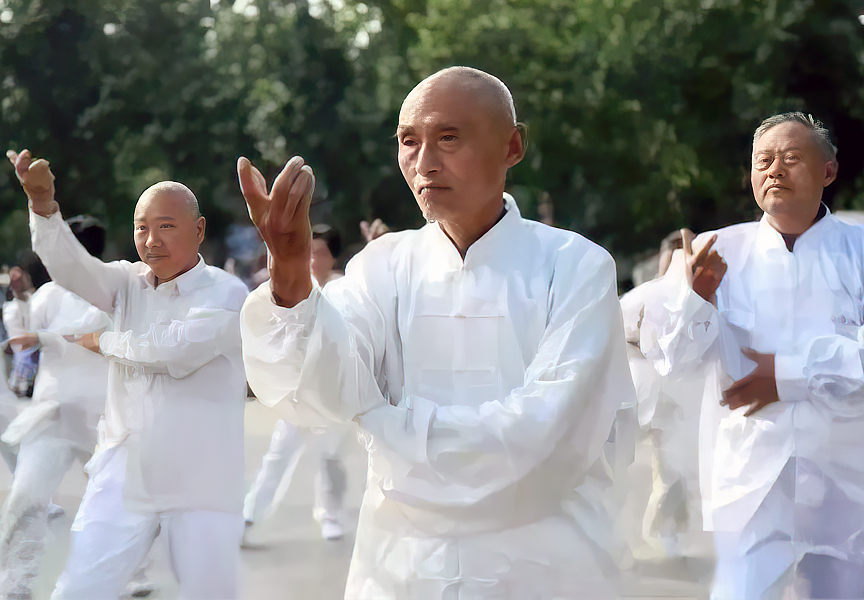
The Essence of Relaxation and Expansion Shaolin Rou Quan, is a Chinese Shaolin martial art that emphasizes the principles of balance, harmony, and the cultivation of internal energy. One crucial concept in Shaolin Rou Quan that encapsulates the essence of its movements is Song Kua -[Chin.: Sōng kuā 松夸], which can be translated as (relax the hip joints) or (open the crotch.) Understanding and embodying the principle of Song Kua is…

